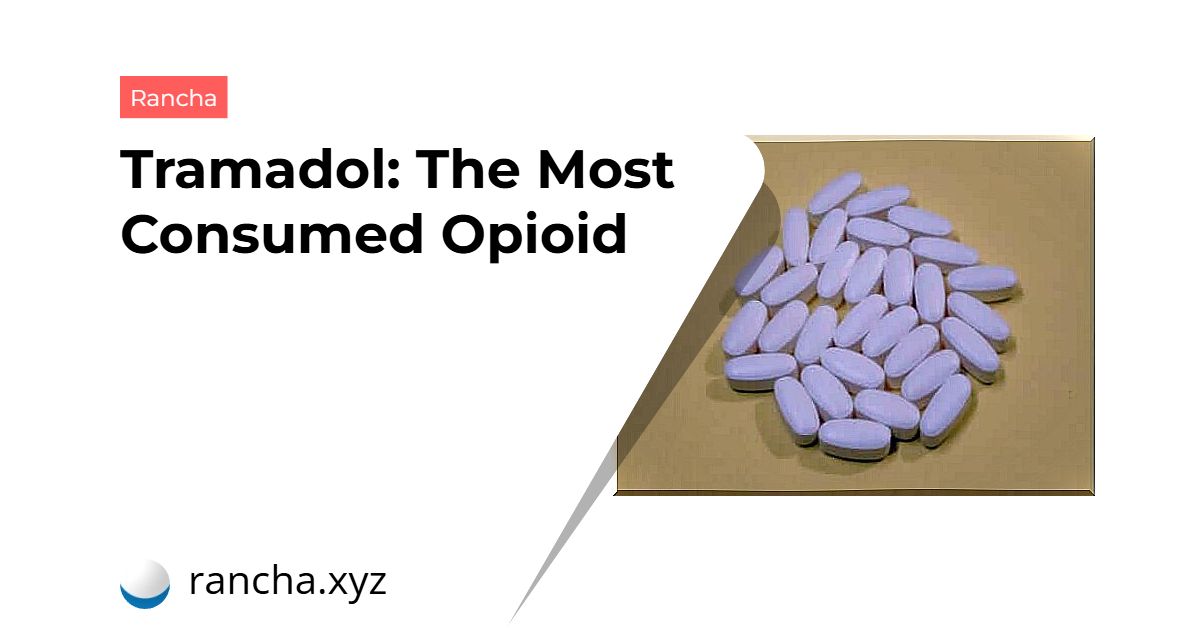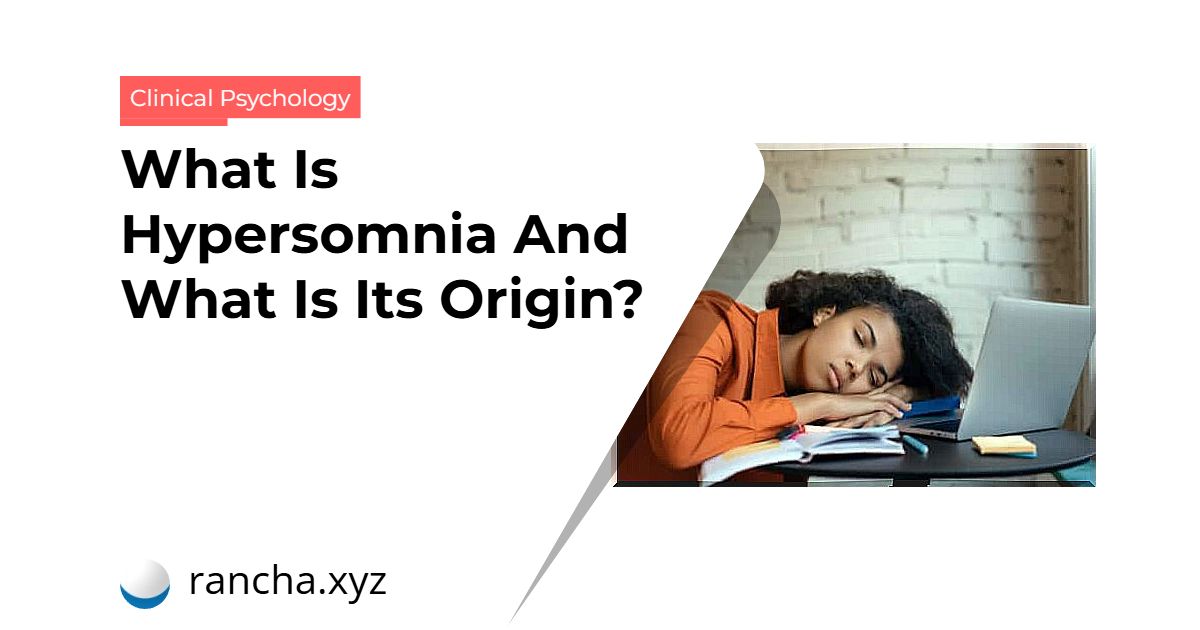Tramadol is a centrally acting pain reliever. It belongs to the opioid family and acts on the central nervous system. However, its behavior is atypical compared to other opioids. It is also marketed as Adolonta, Gelotradol, Dolpar and Zytram, among other brands. The active substance is called tramadol hydrochloride, and it is a codeine analogue.
It is often used in combination with acetaminophen to treat chronic pain. They are used in combination because they have been shown to be more effective together than alone. This is also due to the fact that the dose of both is reduced and, therefore, the risk of side effects is reduced.
What is tramadol used for?
Tramadol is indicated for the treatment of moderate to severe pain in adults and adolescents from 12 years of age. The potency of tramadol is one-tenth to one-sixth that of morphine.
According to the World Health Organization, tramadol is on step II of the pain ladder. That is, at the moderate pain level. In it, weak opioids are classified as analgesics.
The absence of significant gastrointestinal and cardiovascular effects is noteworthy. For this reason, tramadol is an alternative for patients who cannot tolerate non-steroidal anti-inflammatory analgesics – NSAIDs.
Tramadol is also used in combination with acetaminophen to treat chronic pain. It is a therapeutic option that improves patient comfort and compliance.

Data on opioid consumption
The Spanish Medicines Agency – AEMPS – published a report on the use of opioids in the period 2010-2017. These statistics show that opioid use has nearly doubled in recent years. The defined daily dose went from 9.9 to 17.7.
The most commonly used group of opioids are opioids combined with other analgesics. The most consumed active ingredient is the combination of tramadol and acetaminophen (34.89%). And the second, only tramadol (22.53%).
This data is undoubtedly a red flag. Opioids should not be the first-line analgesic treatment. They are only indicated for moderate to severe pain that has not responded to other treatments.
The use of tramadol for chronic non-cancer pain in very high doses and for a long time is a questionable issue. Don’t forget that this is an opiate with addictive potential.
Tramadol action mechanism
Tramadol is composed of two enantiomers. Each of them acts by a different mechanism of action. That’s what makes it an atypical opioid:
- The (+) isomer exhibits preferential activity for the µ opioid receptor.
- The (-) isomer works by inhibiting the reuptake of norepinephrine and serotonin. Thus, it increases the opioid analgesic effect of the (+) isomer.
Tramadol is a pure opioid receptor agonist. It is not selective, but has a higher affinity for µ opioid receptors. Inhibition of the neuronal reuptake of norepinephrine and serotonin also contributes, on the other hand, to its analgesic effect.
Tramadol has an active metabolite: O-desmethyltramadol. Several studies show that the potency of this metabolite is several times greater than that of the original tramadol. Its analgesic activity is therefore critical for tramadol analgesia.

Side effects
The most common adverse reactions to tramadol treatment are nausea and dizziness. Other side effects that may also occur are:
- Headache.
- Somnolence.
- Fatigue.
- Hyperhidrosis – increased sweating.
Due to its serotonergic effect, it is important not to combine it with other drugs that also act on serotonin, such as some SSRI antidepressants and amphetamine-type medications.
It should also be noted that tramadol lowers the seizure threshold. It is generally not recommended for epileptic patients, nor in combination with other drugs that equally lower this threshold.
Tramadol has a much lower potential than other opioids to induce respiratory depression. However, this is an adverse effect that can occur. This is an important point to consider when using tramadol as an anesthetic.
Especially in long-term treatment, tolerance and physical and mental dependence can occur. We must take this into account and not use it uncontrollably. In case of discontinuation of treatment, it must be done gradually. Finally, it is important to remember that the dose must be adjusted to the pain intensity and individual sensitivity of each patient. The lowest effective dose should be chosen.
 rancha.xyz Be free to choose their own route to self-knowledge, health and balance of body and soul.
rancha.xyz Be free to choose their own route to self-knowledge, health and balance of body and soul.




